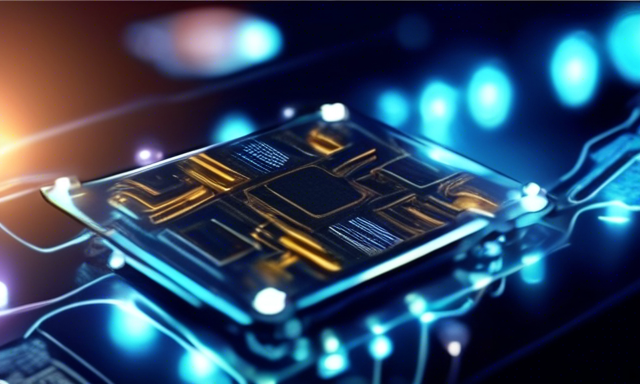🌟 Innovative Breakthrough in Energy Storage
Researchers at the Indian Institute of Science (IISC) have marked a significant breakthrough in energy storage technologies by developing a novel supercapacitor that can be charged simply by exposure to light. This development paves the way for more efficient energy solutions, applicable in diverse roles from street lighting to powering sensors and other electronic devices.
🔍 Understanding Supercapacitors
Unlike traditional capacitors, which store energy through an electrostatic process, supercapacitors utilize electrochemical phenomena, significantly enhancing energy storage capabilities. They operate by storing charges on electrodes and attracting the opposite charged ions from the electrolyte, a setup which creates what is known as an electric double layer (EDL). This reduced distance between charges enhances capacitance significantly.
🌞 Harnessing the Power of Light
The team, led by Abha Misra, used Zinc Oxide (ZnO) nanorods and Fluorine-doped Tin Oxide (FTO) – both high-performance semiconductors – for the electrodes. The transparency of FTO allows light to activate the ZnO nanorods effectively, thereby generating a charge. What sets this supercapacitor apart is the use of both a liquid and a gel-like semi-solid electrolyte, optimizing the energy storage irrespective of the medium’s state.
⚡ Enhanced Features Under UV Light
Upon exposure to ultraviolet (UV) light, the supercapacitor displayed an impressive increase in capacitance – several times higher than similar devices. Intriguingly, contrary to usual behaviors where capacitors show reduced capacitance with higher voltage, this innovative device displayed increased capacitance with higher voltage when exposed to light. Also, when the device was charged faster, rather than diminishing, the energy capacity impressively increased.
💡 Exciting Future Applications
The potential applications for this type of supercapacitor are broad and impactful. Not only could these devices potentially replace solar cells in streetlights, but their high power density properties make them ideal for rapid energy discharge requirements, such as in electronic devices. The researchers have even miniaturized these supercapacitors, allowing integration with microelectronic chips, broadening the scope of their utility in tech-driven domains.
🌐 Advancing Towards Improved Designs
A collaboration with Clemson University in the USA has brought additional expertise in theoretical modeling, further enhancing the understanding and capabilities of these supercapacitors. The successful integration of two semiconductor interfaces maximizes light interaction and charge generation, proving that simple ideas, when combined effectively, can yield powerful results. Future plans include refining the supercapacitors to also charge efficiently with visible and infrared light.
🤓 An Insightful Takeaway
With their ability to charge from light exposure and the promise of even higher energy efficacy, these supercapacitors from IISc are a notable advancement in energy storage technology. Looking forward, the intent to harness a wider spectrum of light for charging and the continuous improvement in design and performance may revolutionize how and where energy storage systems are implemented across multiple tech landscapes. This year could potentially see significant advancements in the practical application of these findings.





 By
By
 By
By

 By
By
 By
By
 By
By